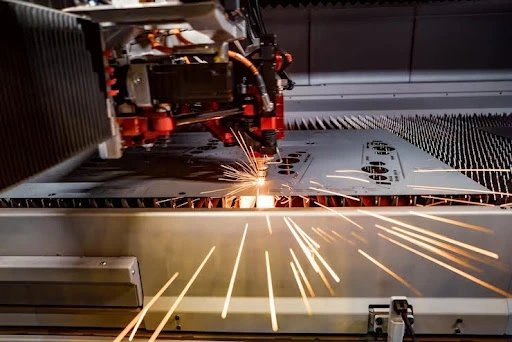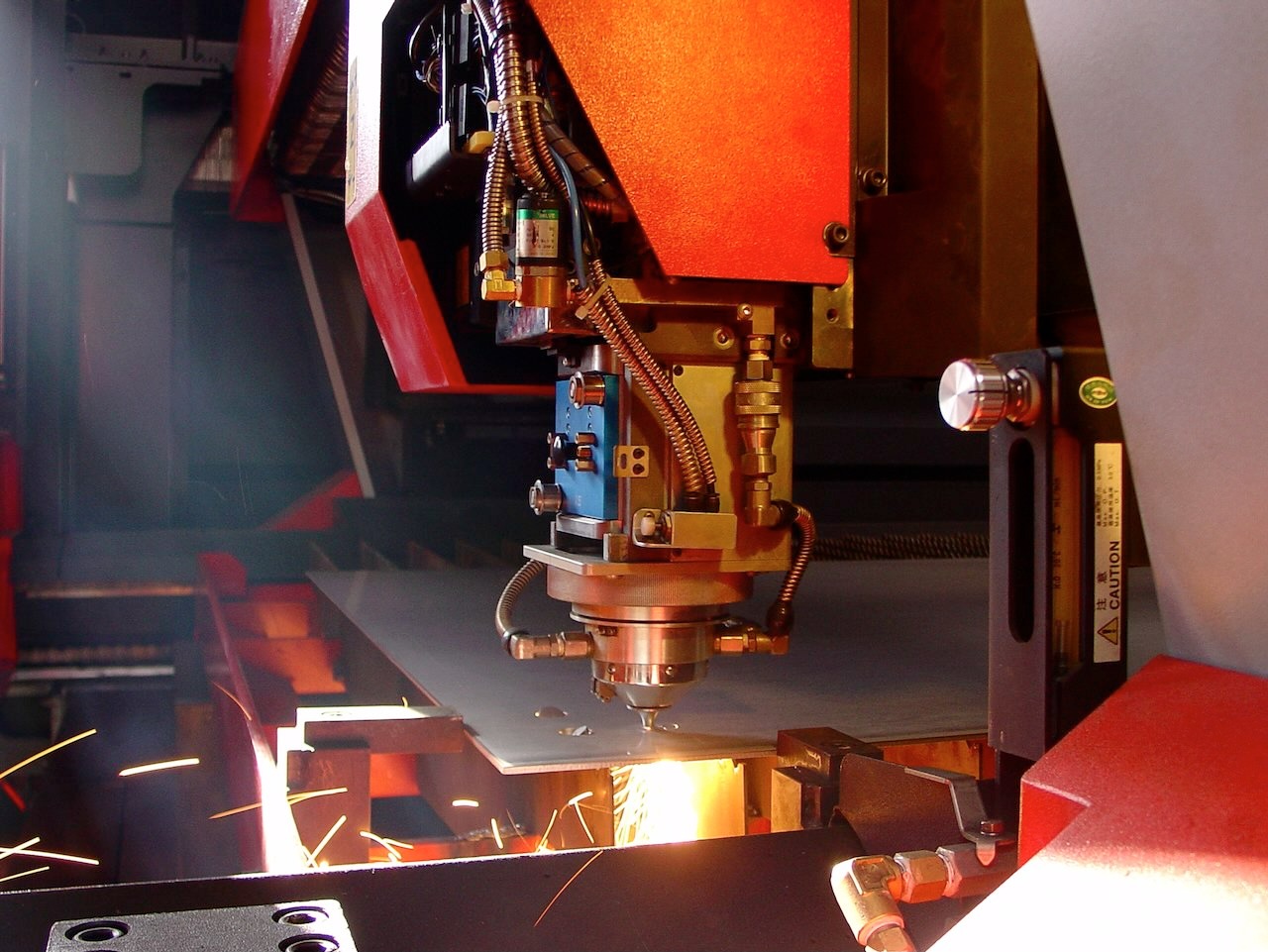Healthcare Smart Beds Market Size To Grow At A CAGR Of 6.23 % In The Forecast Period Of 2025-2032
Healthcare Smart Beds Market
Market Estimation & Definition
The Healthcare Smart Beds Market involves hospital beds equipped with digital, connected and automated features such as patient-positioning, fall prevention, vital-sign sensing, weight measurement, and integration with hospital IT systems. According to Stellar Market Research, the market size was USD 546.19 million in 2024, and is forecast to grow to USD 885.77 million by 2032, at a compound annual growth rate (CAGR) of 6.23% from 2025 to 2032.
These beds merge mechanical functionality with advanced monitoring, enabling real-time tracking of patient wellness, improving care outcomes, and reducing risks like pressure ulcers and bed-related injuries.
Request Free Sample Report:https://www.stellarmr.com/report/req_sample/Healthcare-Smart-Beds-Market/1480
Market Growth Drivers & Opportunity
Several key factors are fueling growth in this market:
Rising Chronic Disease Burden & Aging Population: As more patients live with chronic illnesses and the global population ages, demand for continuous and safe patient monitoring increases — smart beds offer critical support in these scenarios.
Patient Safety & Fall Reduction: Smart beds help reduce risks such as falls and pressure ulcers by alerting staff when patients move or leave the bed, and by adjusting positions automatically.
Technological Innovation: Integration of IoT, AI, and sensor technologies is making smart beds more sophisticated, enabling predictive patient care and automated repositioning.
Digital Transformation in Healthcare: Hospitals are investing in connected infrastructure (EHR/EMR) — smart beds can feed data into these systems (e.g., weight, vital signs), improving clinical decision-making.
Regulatory & Government Support: Governments are supporting smart hospital investments to improve care efficiency, reduce readmissions, and cut long-term costs — smart beds align well with these policy goals.
These drivers present strong opportunities for smart-bed manufacturers, healthcare providers, and technology integrators to jointly capture value in improving patient outcomes.
What Lies Ahead: Emerging Trends Shaping the Future
Key trends expected to shape the smart-beds industry include:
Automatic / Fully-Automatic Beds Lead: Among bed types, fully automatic smart beds are expected to grow the fastest, because of features like automated repositioning, fall detection, and patient monitoring.
Remote & Real-Time Monitoring: Networked smart beds that send data (e.g., weight, movement) to centralized surveillance systems will become more common, enabling remote patient monitoring and faster staff response.
AI & Predictive Analytics: Machine learning will be used to predict patient risk (falls, pressure sore development), automate adjustments, and personalize patient care.
Home Healthcare Applications: As home-based care rises (especially for the elderly), demand for smart beds in home healthcare settings will increase.
Interoperability Challenges: Integration of smart beds with legacy hospital systems (EMR/EHR) remains a challenge; overcoming interoperability will be a critical focus.
Data Privacy & Security: As smart beds gather sensitive health data, ensuring secure transmission and storage will be a major concern for healthcare institutions.
While the opportunities are large, adoption may be limited by high costs, required training, and maintenance demands.
Segmentation Analysis
According to the report, the market is segmented as follows:
By Type:
Manual Beds
Semi-Automatic Beds
Fully Automatic Beds
By Application:
Hospitals (ICUs, wards, surgical)
Outpatient Clinics
Home Healthcare
Others
By End-User:
Institutional (hospitals, nursing homes)
Commercial (other healthcare facilities)
By Region:
North America (U.S., Canada, Mexico)
Europe (UK, Germany, France, etc.)
Asia-Pacific (China, Japan, India, etc.)
Middle East & Africa
South America
This segmentation enables stakeholders to target specific high-growth or high-value areas — such as automatic beds in hospitals or smart beds for home healthcare.
Regional (Country-Level) Analysis
North America: The region leads the market due to advanced healthcare infrastructure, rapid adoption of digital healthcare, and high demand for patient safety technologies.
About us
Phase 3,Navale IT Zone, S.No. 51/2A/2,
Office No. 202, 2nd floor,
Near, Navale Brg,Narhe,
Pune, Maharashtra 411041
sales@stellarmr.com
Healthcare Smart Beds Market
Market Estimation & Definition
The Healthcare Smart Beds Market involves hospital beds equipped with digital, connected and automated features such as patient-positioning, fall prevention, vital-sign sensing, weight measurement, and integration with hospital IT systems. According to Stellar Market Research, the market size was USD 546.19 million in 2024, and is forecast to grow to USD 885.77 million by 2032, at a compound annual growth rate (CAGR) of 6.23% from 2025 to 2032.
These beds merge mechanical functionality with advanced monitoring, enabling real-time tracking of patient wellness, improving care outcomes, and reducing risks like pressure ulcers and bed-related injuries.
Request Free Sample Report:https://www.stellarmr.com/report/req_sample/Healthcare-Smart-Beds-Market/1480
Market Growth Drivers & Opportunity
Several key factors are fueling growth in this market:
Rising Chronic Disease Burden & Aging Population: As more patients live with chronic illnesses and the global population ages, demand for continuous and safe patient monitoring increases — smart beds offer critical support in these scenarios.
Patient Safety & Fall Reduction: Smart beds help reduce risks such as falls and pressure ulcers by alerting staff when patients move or leave the bed, and by adjusting positions automatically.
Technological Innovation: Integration of IoT, AI, and sensor technologies is making smart beds more sophisticated, enabling predictive patient care and automated repositioning.
Digital Transformation in Healthcare: Hospitals are investing in connected infrastructure (EHR/EMR) — smart beds can feed data into these systems (e.g., weight, vital signs), improving clinical decision-making.
Regulatory & Government Support: Governments are supporting smart hospital investments to improve care efficiency, reduce readmissions, and cut long-term costs — smart beds align well with these policy goals.
These drivers present strong opportunities for smart-bed manufacturers, healthcare providers, and technology integrators to jointly capture value in improving patient outcomes.
What Lies Ahead: Emerging Trends Shaping the Future
Key trends expected to shape the smart-beds industry include:
Automatic / Fully-Automatic Beds Lead: Among bed types, fully automatic smart beds are expected to grow the fastest, because of features like automated repositioning, fall detection, and patient monitoring.
Remote & Real-Time Monitoring: Networked smart beds that send data (e.g., weight, movement) to centralized surveillance systems will become more common, enabling remote patient monitoring and faster staff response.
AI & Predictive Analytics: Machine learning will be used to predict patient risk (falls, pressure sore development), automate adjustments, and personalize patient care.
Home Healthcare Applications: As home-based care rises (especially for the elderly), demand for smart beds in home healthcare settings will increase.
Interoperability Challenges: Integration of smart beds with legacy hospital systems (EMR/EHR) remains a challenge; overcoming interoperability will be a critical focus.
Data Privacy & Security: As smart beds gather sensitive health data, ensuring secure transmission and storage will be a major concern for healthcare institutions.
While the opportunities are large, adoption may be limited by high costs, required training, and maintenance demands.
Segmentation Analysis
According to the report, the market is segmented as follows:
By Type:
Manual Beds
Semi-Automatic Beds
Fully Automatic Beds
By Application:
Hospitals (ICUs, wards, surgical)
Outpatient Clinics
Home Healthcare
Others
By End-User:
Institutional (hospitals, nursing homes)
Commercial (other healthcare facilities)
By Region:
North America (U.S., Canada, Mexico)
Europe (UK, Germany, France, etc.)
Asia-Pacific (China, Japan, India, etc.)
Middle East & Africa
South America
This segmentation enables stakeholders to target specific high-growth or high-value areas — such as automatic beds in hospitals or smart beds for home healthcare.
Regional (Country-Level) Analysis
North America: The region leads the market due to advanced healthcare infrastructure, rapid adoption of digital healthcare, and high demand for patient safety technologies.
About us
Phase 3,Navale IT Zone, S.No. 51/2A/2,
Office No. 202, 2nd floor,
Near, Navale Brg,Narhe,
Pune, Maharashtra 411041
sales@stellarmr.com
Healthcare Smart Beds Market Size To Grow At A CAGR Of 6.23 % In The Forecast Period Of 2025-2032
Healthcare Smart Beds Market
Market Estimation & Definition
The Healthcare Smart Beds Market involves hospital beds equipped with digital, connected and automated features such as patient-positioning, fall prevention, vital-sign sensing, weight measurement, and integration with hospital IT systems. According to Stellar Market Research, the market size was USD 546.19 million in 2024, and is forecast to grow to USD 885.77 million by 2032, at a compound annual growth rate (CAGR) of 6.23% from 2025 to 2032.
These beds merge mechanical functionality with advanced monitoring, enabling real-time tracking of patient wellness, improving care outcomes, and reducing risks like pressure ulcers and bed-related injuries.
Request Free Sample Report:https://www.stellarmr.com/report/req_sample/Healthcare-Smart-Beds-Market/1480
Market Growth Drivers & Opportunity
Several key factors are fueling growth in this market:
Rising Chronic Disease Burden & Aging Population: As more patients live with chronic illnesses and the global population ages, demand for continuous and safe patient monitoring increases — smart beds offer critical support in these scenarios.
Patient Safety & Fall Reduction: Smart beds help reduce risks such as falls and pressure ulcers by alerting staff when patients move or leave the bed, and by adjusting positions automatically.
Technological Innovation: Integration of IoT, AI, and sensor technologies is making smart beds more sophisticated, enabling predictive patient care and automated repositioning.
Digital Transformation in Healthcare: Hospitals are investing in connected infrastructure (EHR/EMR) — smart beds can feed data into these systems (e.g., weight, vital signs), improving clinical decision-making.
Regulatory & Government Support: Governments are supporting smart hospital investments to improve care efficiency, reduce readmissions, and cut long-term costs — smart beds align well with these policy goals.
These drivers present strong opportunities for smart-bed manufacturers, healthcare providers, and technology integrators to jointly capture value in improving patient outcomes.
What Lies Ahead: Emerging Trends Shaping the Future
Key trends expected to shape the smart-beds industry include:
Automatic / Fully-Automatic Beds Lead: Among bed types, fully automatic smart beds are expected to grow the fastest, because of features like automated repositioning, fall detection, and patient monitoring.
Remote & Real-Time Monitoring: Networked smart beds that send data (e.g., weight, movement) to centralized surveillance systems will become more common, enabling remote patient monitoring and faster staff response.
AI & Predictive Analytics: Machine learning will be used to predict patient risk (falls, pressure sore development), automate adjustments, and personalize patient care.
Home Healthcare Applications: As home-based care rises (especially for the elderly), demand for smart beds in home healthcare settings will increase.
Interoperability Challenges: Integration of smart beds with legacy hospital systems (EMR/EHR) remains a challenge; overcoming interoperability will be a critical focus.
Data Privacy & Security: As smart beds gather sensitive health data, ensuring secure transmission and storage will be a major concern for healthcare institutions.
While the opportunities are large, adoption may be limited by high costs, required training, and maintenance demands.
Segmentation Analysis
According to the report, the market is segmented as follows:
By Type:
Manual Beds
Semi-Automatic Beds
Fully Automatic Beds
By Application:
Hospitals (ICUs, wards, surgical)
Outpatient Clinics
Home Healthcare
Others
By End-User:
Institutional (hospitals, nursing homes)
Commercial (other healthcare facilities)
By Region:
North America (U.S., Canada, Mexico)
Europe (UK, Germany, France, etc.)
Asia-Pacific (China, Japan, India, etc.)
Middle East & Africa
South America
This segmentation enables stakeholders to target specific high-growth or high-value areas — such as automatic beds in hospitals or smart beds for home healthcare.
Regional (Country-Level) Analysis
North America: The region leads the market due to advanced healthcare infrastructure, rapid adoption of digital healthcare, and high demand for patient safety technologies.
About us
Phase 3,Navale IT Zone, S.No. 51/2A/2,
Office No. 202, 2nd floor,
Near, Navale Brg,Narhe,
Pune, Maharashtra 411041
sales@stellarmr.com
0 Σχόλια
0 Μοιράστηκε
100 Views
0 Προεπισκόπηση











